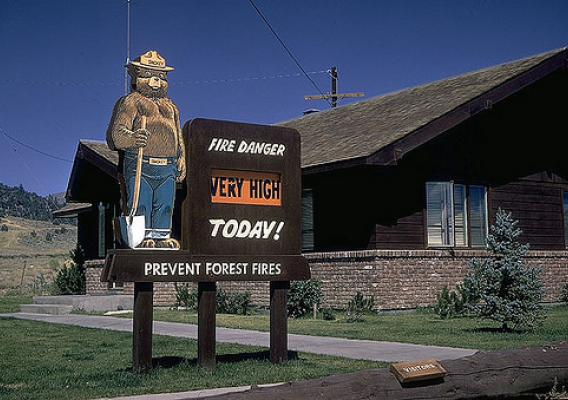The Census of Agriculture is the most complete account of U.S. farms and ranches and the people who operate them. Every Thursday USDA’s National Agricultural Statistics Service will highlight new Census data and the power of the information to shape the future of American agriculture.
The 2012 Census of Agriculture results are out and, just as many predicted, Ohio continues to grow agriculturally. True to our rich history, the Buckeye State is a large contributor of corn, soybeans, winter wheat, milk, hogs, poultry, and floriculture and nursery. And that is just a few of our many commodities produced in Ohio.
According to the census results, there are 75,462 farms (ranking 7th nationally) on 13,960,904 acres of farm land in Ohio. Even though 2012 was a drought year, Ohio ranked 13th nationally in total sales by topping $10 billion, a whopping 42 percent increase from just five years ago, which was the last time my agency conducted the Census of Agriculture. We also ranked 10th nationally in crop sales with just under $6.6.billion and 20th nationally in livestock sales with just under $3.5 billion.









